Looking to expand your vegetable vocabulary? Discover a colorful array of vegetables that start with the letter “P”—from familiar favorites to unique surprises. Whether you’re a seasoned chef or a curious food lover, these vibrant vegetables are sure to add flavor and fun to your meals. Let’s explore the diverse world of produce that begins with “P”!
1. Pak Choi
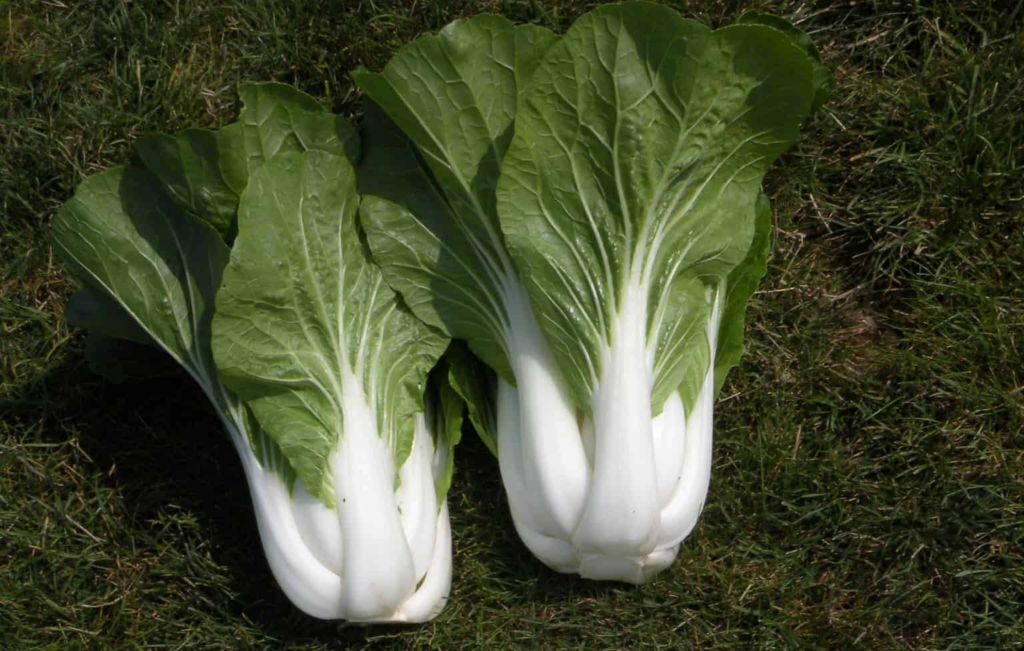
Pak Choi, also known as Bok Choy, is a leafy green vegetable with crunchy stems and tender leaves. It adds a mild flavor to many dishes and is commonly used in stir-fries and soups.
- Calories per 100g: 13
- Vitamins: A, C, K
- Minerals: Calcium, Magnesium, Potassium
- Fiber: Good source
- Antioxidants: Contains beta-carotene
Best eaten steamed, stir-fried, or added to soups for a nutritious boost.
Diet Compatibility: Vegetarian, vegan, low-calorie, keto-friendly (small amounts). Pairs well with garlic and sesame oil.
2. Palm Heart

Palm Heart is the tender core of certain palm tree shoots, often used in salads and Mediterranean dishes. It has a mild, slightly nutty flavor and a tender texture.
- Calories per 100g: 43
- Vitamins: C, B6
- Minerals: Iron, Magnesium
- Fiber: High
- Antioxidants: Present
Use it in salads, antipasto, or lightly pickled for added flavor. It’s great for adding texture and nutrition.
Diet Compatibility: Vegetarian, vegan, low-calorie. Pairs well with olive oil and lemon.
3. Pandan
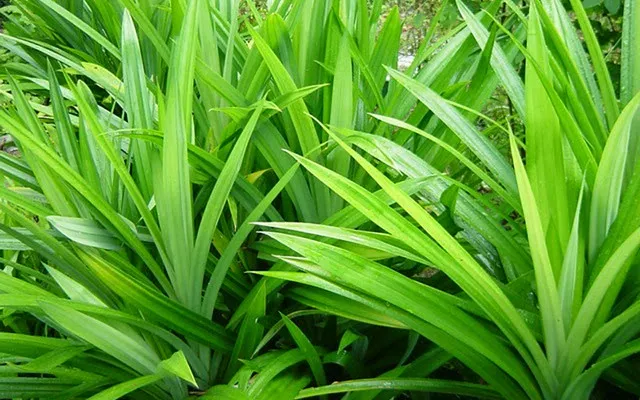
Pandan is a fragrant tropical plant whose leaves are used to flavor sweets and rice dishes. While not a vegetable eaten in chunks, its leaves add aroma to culinary preparations.
- Calories per 100g: 0
- Vitamins: Small amounts of Vitamin A
- Minerals: Calcium, Iron
- Fiber: Present
- Antioxidants: Yes
Typically used by boiling or infusing in liquids for flavoring desserts or rice.
Use in: Desserts, flavoring rice, teas.
4. Papalo

Papalo is a leafy herb with a strong, aromatic flavor similar to cilantro and mint. It’s often used fresh to enhance salads, salsas, and tacos.
- Calories per 100g: 23
- Vitamins: A, C
- Minerals: Calcium, Iron
- Fiber: Good source
- Anti-inflammatory: Contains beneficial compounds
Best enjoyed fresh, added to dishes just before serving.
Use in: Salads, salsas, garnishes.
5. Parsley
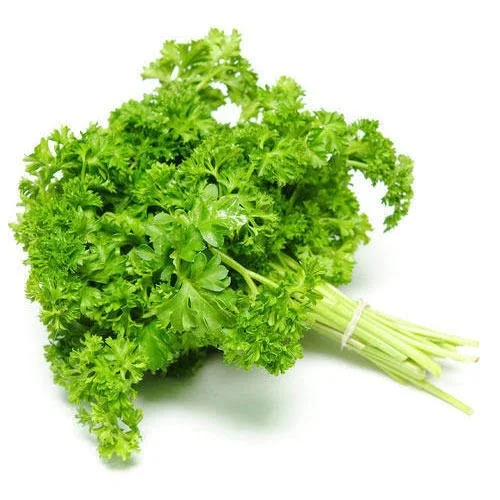
Parsley is a popular herb with bright green, curly or flat leaves. It adds freshness and a mild peppery flavor to many dishes.
- Calories per 100g: 36
- Vitamins: A, C, K
- Minerals: Iron, Calcium
- Fiber: Present
- Antioxidants: Flavonoids and vitamins
Use fresh in salads, as a garnish, or to flavor soups and broths.
Diet Compatibility: Vegetarian, vegan, keto-friendly. Pairs well with lemon and olive oil.
6. Parsley Root
Parsley Root is a root vegetable with a flavor similar to parsley. It adds flavor to soups and stews and can be roasted or boiled.
- Calories per 100g: 54
- Vitamins: C, K
- Minerals: Potassium, Magnesium
- Fiber: High
- Anti-inflammatory properties
Best prepared by roasting, boiling, or adding to hearty dishes.
Use in: Soups, roasted vegetable mixes.
7. Parsnip
Parsnips are cream-colored root vegetables with a sweet, nutty flavor. They are versatile and good for roasting, boiling, or mashing.
- Calories per 100g: 75
- Vitamins: C, K
- Minerals: Potassium, Manganese
- Fiber: Rich
- Antioxidants: Yes
Enjoy roasted, mashed, or added to stews for added sweetness and nutrition.
Pair with herbs like thyme or rosemary.
8. Pattypan Squash
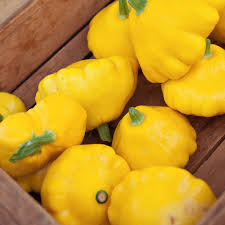
Pattypan Squash are small, round squashes with scalloped edges. They have a mild, buttery flavor and are great for stuffing or roasting.
- Calories per 100g: 20
- Vitamins: A, C
- Minerals: Potassium
- Fiber: Moderate
- Anti-inflammatory benefits
Eat roasted, grilled, or stuffed as a side dish.
9. Pea (Garden, Snow, Snap)
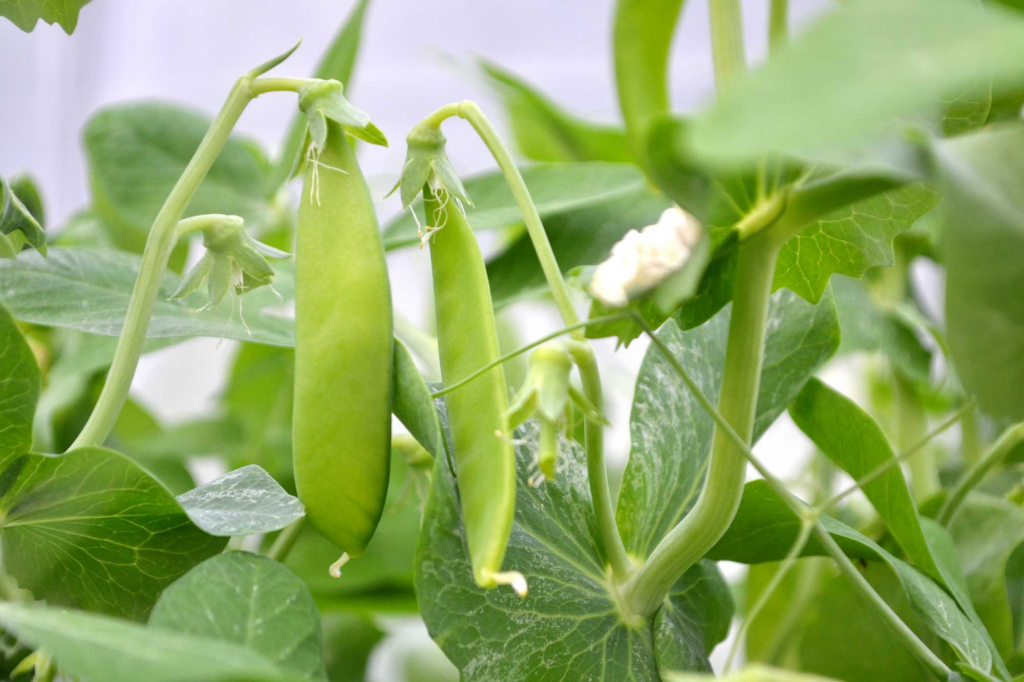
Peas are sweet, tender legumes eaten in various forms. They are rich in fiber and vitamins, perfect in salads, stir-fries, or eaten fresh.
- Calories per 100g: 81
- Vitamins: A, C, K
- Minerals: Manganese, Iron
- Fiber: Excellent source
- Rich in antioxidants
Use in salads, soups, or snack on fresh or dried peas.
Diet Compatibility: Vegetarian, vegan, keto in moderation.
10. Pea Eggplant (Turkey Berry)

Pea Eggplant, or Turkey Berry, are small purple fruits used as vegetables in some cuisines. They have a bitter taste and are cooked in stews.
- Calories per 100g: 40
- Vitamins: C, A
- Minerals: Potassium
- Fiber: Moderate
- Potential anti-inflammatory properties
Typically cooked in curries or stews to reduce bitterness.
11. Pea Shoots
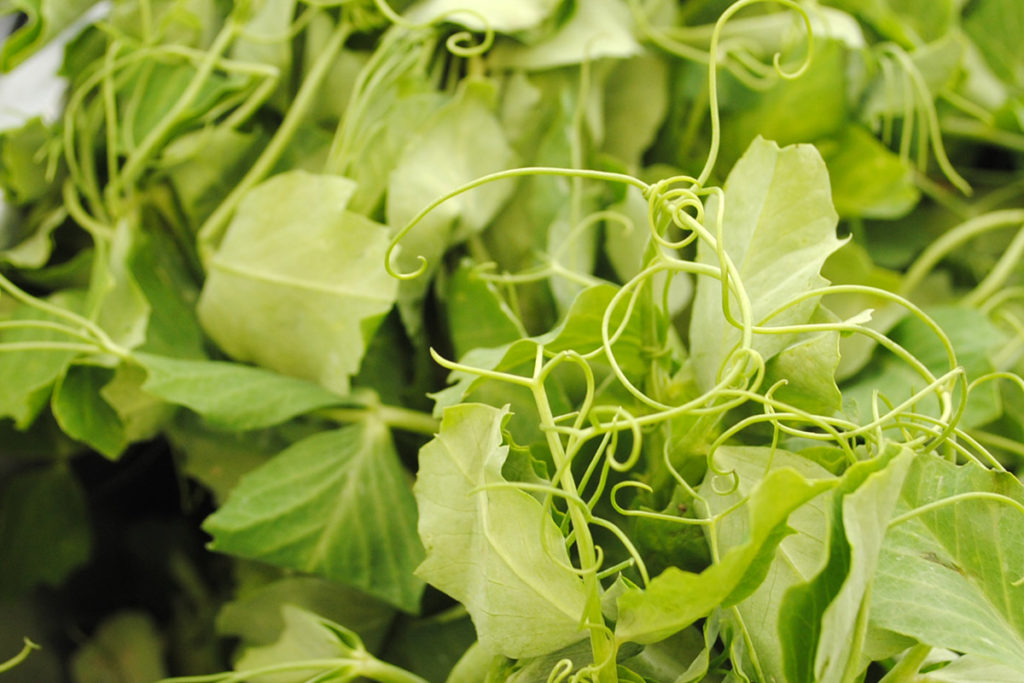
Pea Shoots are the young leaves and tendrils of the pea plant. They are crunchy and sweet, perfect raw or lightly cooked.
- Calories per 100g: 35
- Vitamins: A, C, folate
- Minerals: Potassium, Iron
- Fiber: High
- Antioxidants: Yes
Enjoy fresh in salads or use as garnishes.
Diet Compatibility: Vegetarian, vegan, low-calorie. Pairs well with garlic and sesame oil.
12. Peanut (Botanically Legume)
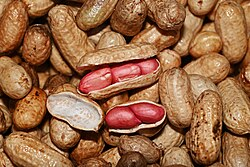
Peanuts are technically legumes but are used culinarily as vegetables or snacks. They are rich in healthy fats and protein.
- Calories per 100g: 567
- Vitamins: B3 (Niacin), E
- Minerals: Magnesium, Phosphorus
- Fiber: Good source
- Antioxidants: Resveratrol
Consume roasted as snacks, or use peanut butter in spreads and desserts.
Diet Compatibility: Vegetarian, vegan, high-calorie. Pair with fruits or in smoothies.
13. Pearl Onion
Pearl Onions are small, sweet onions often used in pickling, salads, or as garnishes. They add mild onion flavor.
- Calories per 100g: 41
- Vitamins: C, B6
- Minerals: Manganese, Calcium
- Fiber: Moderate
- Anti-inflammatory compounds
Great for pickling, roasting, or adding to stews and salads.
14. Pepper (Bell, Chili, etc.)
Peppers come in many varieties, from sweet bell peppers to hot chili peppers. They are rich in Vitamins A and C and antioxidants.
- Calories per 100g: 31 (bell), 40-50 (chili)
- Vitamins: A, C, E
- Minerals: Potassium
- Fiber: Good source
- Anti-inflammatory and antioxidant properties
Use fresh, roasted, or dried in a variety of dishes to add flavor and vitamin boost.
Diet Compatibility: Vegetarian, vegan, keto (small amounts).
15. Pepper Squash (Acorn Squash)
Pepper Squash, also known as Acorn Squash, has a sweet, nutty flavor and soft texture when cooked.
- Calories per 100g: 40
- Vitamins: A, C
- Minerals: Potassium
- Fiber: Moderate
- Anti-inflammatory benefits
Good when roasted, stuffed, or baked.
16. Peruvian Purple Potato
Peruvian Purple Potato is a vibrant tuber with a rich purple color and earthy flavor. It is packed with antioxidants called anthocyanins.
- Calories per 100g: 87
- Vitamins: C, B6
- Minerals: Potassium, Iron
- Fiber: High
- Strong antioxidant properties
Use boiled, mashed, or roasted for colorful, nutritious dishes.
17. Pickles (Cucumbers)
Pickles are cucumbers that have been fermented or preserved in vinegar. They are crisp and tangy, often used as snacks or condiments.
- Calories per 100g: 11
- Vitamins: K
- Minerals: Sodium, Manganese
- Fiber: Present
- Probiotic benefits if fermented
Enjoy as a snack, in sandwiches, or salads.
18. Pigeon Pea
Pigeon Peas are small, green legumes used in hearty dishes like soups and stews, rich in protein and fiber.
- Calories per 100g: 343 (cooked)
- Vitamins: B-vitamins
- Minerals: Iron, Potassium
- Excellent fiber source
- Potential anti-inflammatory properties
Typically cooked in curries, soups, or salads.
19. Pignut
Pignut is a small root vegetable with a nutty flavor, usually cooked in stews or roasted.
- Calories per 100g: 80
- Vitamins: C
- Minerals: Potassium
- Fiber: Good dietary fiber
- Contains antioxidants
Enjoy roasted or added to hearty dishes for flavor.
20. Pink Bean
Pink Beans are small, pink-colored beans valued for their sweet, earthy flavor. Used in chili, salads, or cooked as a side.
- Calories per 100g: 127
- Vitamins: B vitamins
- Minerals: Iron, Magnesium
- High in fiber and protein
- antioxidative properties
Perfect for chili, salads, or side dishes.
21. Pinto Bean
Pinto Beans are popular in Mexican cuisine, known for their creamy texture and earthy flavor. They are high in fiber and protein.
- Calories per 100g: 143
- Vitamins: B1, B6
- Minerals: Iron, Folate
- High fiber content
- Rich in antioxidants
Cooked in chili, burritos, or seasoned as a side.
22. Pitwaa
Pitwaa is a less common vegetable, often used in traditional dishes. Details vary, but it generally has a mild flavor and can be cooked or boiled.
- Calories per 100g: Varies
- Vitamins and minerals: Varies
- Fiber: Present
- Uses: Stews and soups
23. Plum Tomato
Plum Tomatoes are oval-shaped and used primarily for sauces and cooking due to their dense flesh.
- Calories per 100g: 18
- Vitamins: C and K
- Minerals: Potassium
- Fiber: Good
- Contains antioxidants like lycopene
Great in sauces, pastes, or fresh salads.
24. Pointed Cabbage
Pointed Cabbage has elongated, tight leaves with a mild flavor. It’s crisp and good raw or cooked.
- Calories per 100g: 25
- Vitamins: C, K
- Minerals: Calcium, Iron
- Fiber: High
Eat raw in salads or sauté with spices.
25. Potato (All Varieties)
Potatoes are a versatile root vegetable available in many varieties like white, red, and purple. They are rich in carbs and vitamin C.
- Calories per 100g: 77
- Vitamins: C, B6
- Minerals: Potassium, Magnesium
- Fiber: Moderate
- Contains antioxidants
Use in baking, boiling, mashing, or frying.
26. Prickly Pear Cactus Pads (Nopales)
Nopales are cactus pads with a slightly tart flavor, rich in fiber and antioxidants.
- Calories per 100g: 16
- Vitamins: C, A
- Minerals: Calcium, Magnesium
- High in fiber
Cook by grilling, boiling, or scrambling into eggs.
27. Pumpkin
Pumpkin is a orange-fleshed squash, rich in vitamins A and C. It’s sweet and can be roasted, pureed, or added to soups.
- Calories per 100g: 26
- Vitamins: A, C
- Minerals: Potassium, Iron
- Fiber: Good source
- Contains antioxidants
Enjoy roasted, soups, or baked goods.
28. Purple Asparagus
Purple Asparagus is tender with a slightly sweeter flavor than green. It’s rich in vitamins and antioxidants.
- Calories per 100g: 20
- Vitamins: A, C, K
- Minerals: Iron, Calcium
- Fiber: Good
Best grilled, roasted, or steamed.
29. Purple Sprouting Broccoli
This vibrant broccoli has a mild, sweet flavor and high nutrient content, especially vitamins C and K.
- Calories per 100g: 34
- Vitamins: C, K
- Minerals: Potassium, Iron
- High in antioxidants
Enjoy steamed, roasted, or stir-fried.
30. Purple Sweet Potato
Purple Sweet Potato is a colorful tuber loaded with antioxidants called anthocyanins, with a sweet flavor.
- Calories per 100g: 90
- Vitamins: A, C
- Minerals: Potassium, Manganese
- High fiber
Eat baked, mashed, or roasted for a nutritious treat.
31. Purslane
Purslane is a leafy vegetable with a slightly sour, lemony flavor. It’s high in omega-3 fatty acids and antioxidants.
- Calories per 100g: 16
- Vitamins: A, C
- Minerals: Magnesium, Calcium
- Rich in omega-3
Use fresh in salads or smoothies for added nutrition.

Jean Smith is a fitness enthusiast and blogger who focuses on fitness and a healthy lifestyle. She is passionate about assisting people in living healthier lifestyles and is constantly on the lookout for new and creative methods to stay fit and healthy. Her articles are excellent resources for anyone interested in improving their health and fitness.
